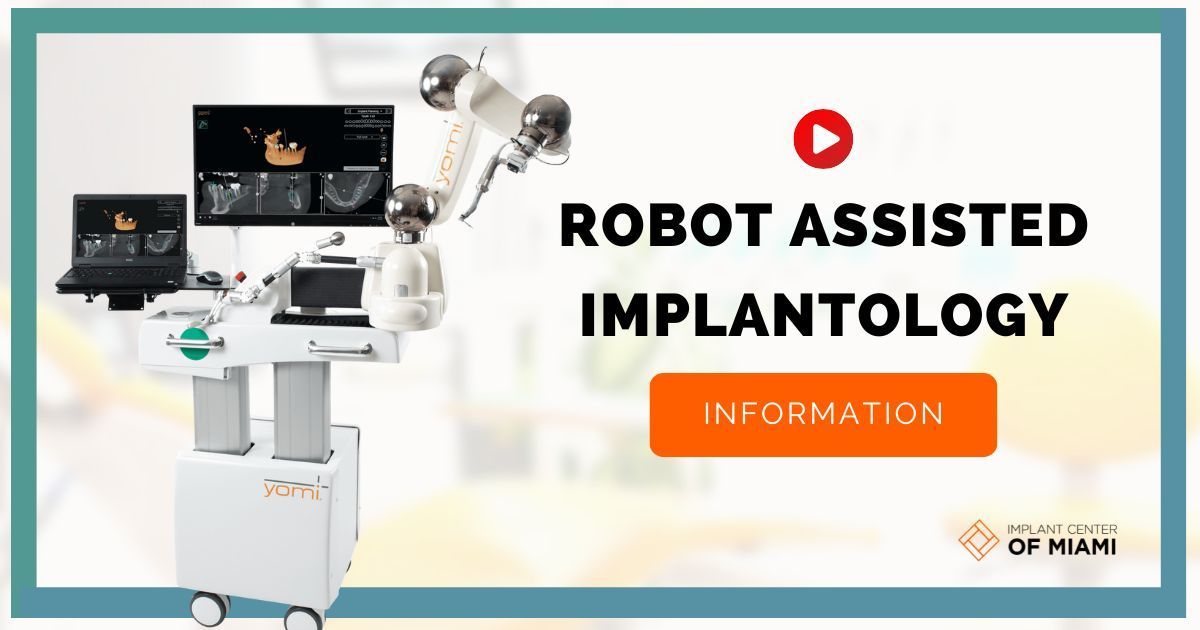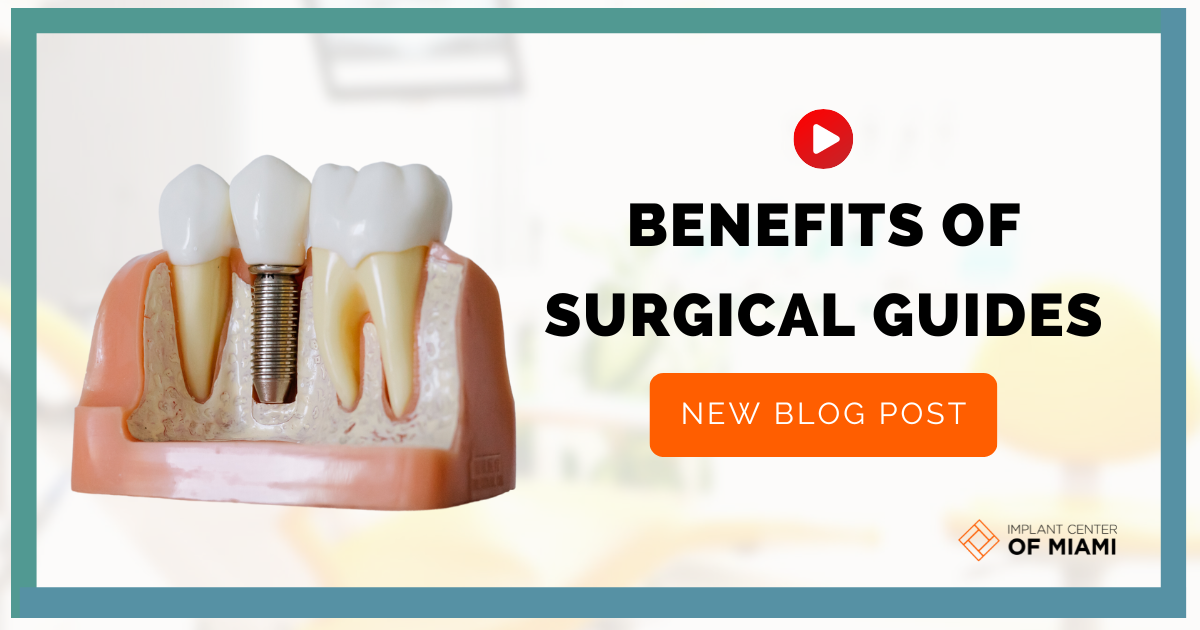Complete Guide to Understanding, Choosing and Maintaining Your Implants Successfully
Implant guided surgery is a revolutionary approach in modern dentistry, offering precise and efficient solutions for teeth replacement. This technique relies on the use of 3D imaging and digital planning tools, which provide a detailed roadmap for the placement of dental implants with utmost accuracy. These implants, acting as a substitute for the root of the missing tooth, provide a strong foundation upon which the dental prosthesis can be attached, thereby enhancing oral functionality and aesthetics. This state-of-art method of dental restoration has greatly minimized risks and vastly improved patient outcomes.
Request an Appointment
Understanding the Basics of Implant Guides
Implant guides provide necessary information for precise dental implantation. They aid in understanding the exact position, depth, and angle for placement, minimizing errors. Their use enhances patient safety and improves the success rate of dental implant surgeries.
The Evolution of Dental Implant Techniques
The evolution of dental implant techniques has significantly improved oral health care. Originating from the ancient Mayans' use of shell pieces, the technique has evolved to modern titanium implants that adhere to the jawbone. They've changed from the common 2D radiographic analysis and manual manipulation to 3D imaging and computer-guided procedures, providing precise installation and a natural look.
The Importance of Precise Placement: Role of Implant Guides
Implant guides ensure the accurate placement of dental implants, greatly affecting treatment's success. They help visualize the patient's anatomy, ensuring precision and safety by avoiding vital structures. Proper placement helps achieve functional and aesthetic goals, reducing complications.
Types of Implant Guides: A Comprehensive Overview
Implant guides aid in the precise placement of dental implants. The three types are: surgical, digital, and 3D printed guides. Surgical guides help strengthen dental surgical procedures' accuracy. Digital guides offer dynamic navigation during surgery, using computer technology. 3D printed guides are made using CAD/CAM tech, providing individual customization.
The Role of 3D Technology in Creating Implant Guides
3D technology revolutionizes the creation of implant guides in the dental and health sectors. It increases precision and personalization, enabling custom planning and execution based on individual anatomy. Through 3D imaging, practitioners can visualize procedures, further moderating risk, and improving patient outcomes.
Innovations in Dental Implant Guide Technology
Dental implant guide technology has seen notable innovations. Advanced 3D modeling and imaging software allow precise implant planning. Techniques like stereolithography enable the creation of customized surgical guides, enhancing patient safety and treatment outcomes.
How Implant Guides Enhance Prosthetic-based Implant Placement
Implant guides enhance prosthetic-based implant placement by increasing precision, reducing surgical risks, and boosting procedural efficiency. These guides help in perfect alignment and positioning, minimizing soft tissue damage. This technology improves patient outcomes, vastly adding value to their experiences.
An Insight into the Process of Making Implant Guides
Creating implant guides involves meticulous planning and design. The process starts with a precise 3D imaging scan of mouth structures, offering a digital replica of the oral landscape. This information feeds into a CAD/CAM system, allowing dental professionals to customize an ideal guide. Surgical guides optimize implant placement, enhancing both accuracy and patient outcomes.
Benefits of Using Implant Guides in Surgical Procedures
Implant guides bring precision, efficiency, and safety in surgical procedures. They ensure accurate placement of implants, reducing risks associated with incorrect positioning. This saves operating time, reduces patient discomfort, and improves overall outcomes.
Patient Experience: Implant Guides for Reduced Surgery Time
Implant guides streamline dental surgeries, enhancing patient experience by minimizing operational time. Precision-driven, these custom-fitted apparatus aid in securing accurate placement of dental implants, reducing operative risks and recovery time. This encourages patient satisfaction and comfort post-surgery.
Minimising Risks in Dental Surgery with Implant Guides
Implant guides play a crucial role in minimising risks in dental surgery. They enhance precision, ensuring accurate implant placement, thus reducing potential complications. Using digital images of the patient's anatomy, guides offer dentists a roadmap for safer, more effective procedures.
Case Studies: Successful Uses of Implant Guides
Implant guides are instrumental in precision dentistry, significantly improving the success rates in dental implant procedures. Multiple case studies highlight their efficacy, with practices reported fewer complications and improved patient outcomes. These guides, combining 3D technology with insightful planning, pave the way for less invasive surgeries, greater accuracy, and faster recovery periods.
Implant Guides and Customized Treatment Plans
Implant guides and customized treatment plans are key tools for successful dental implant placements. Designed from 3D imaging and patient-specific data, these guides offer precision, reducing surgical time and risk. Custom treatment plans additionally improve patient understanding, satisfaction, and recovery.
Implant Guides vs. Free Hand Placement Techniques
Implant Guides and Free Hand Placement Techniques are two methods used in dental implant surgery. Implant Guides offer precision, reducing risks and possible complications by providing a necessary path for implant placement. Free Hand Techniques, although requiring high expertise, offer flexibility and direct visualization. Both have their uses, depending on the clinical scenario.
The Future of Implant Guides—3D Printing and Beyond
The future of implant guides lies in 3D printing and beyond. This advanced technology allows for precise, customized guides that greatly enhance surgical accuracy. As technology continues to evolve, we could see innovations including AI-integrated systems offering enhanced planning and real-time adjustments, thus ensuring optimal patient outcomes.
The Cost Aspect: Are Implant Guides Cost-efficient?
Implant guides streamline the dental implant process, increasing precision and saving valuable time. Although the initial investment can seem significant, the increase in efficiency leads to cost savings in the long term. It reduces the likelihood of expensive errors, making implant guides a cost-efficient choice for dental practices.
Addressing the Concern: The Learning Curve for Implant Guides
Addressing the concern of the learning curve for implant guides, it's crucial to understand that though initial training can be challenging, the mastery of it significantly improves precision in dentistry. It streamlines the implant process, aids in position determination, reducing surgical risks and enhances patient comfort. Continual practice and experience shorten this learning curve, enabling swift adaptability.
Advanced Applications of Implant Guides in Medical Field
Implant guides in the medical field have greatly advanced, enabling precision in surgeries. They're used for accurate placement of dental implants & other surgical procedures. With 3D printing technology, these guides can be customized for each patient, vastly improving outcomes.
Steps for Proper Care and Maintenance of Implant Guides
Implant guides require regular cleaning with a mild detergent to maintain hygiene and longevity. The use of a soft brush can help dislodge debris in crevices. Periodic sterilization is recommended with cold sterilization techniques preferred over heat to prevent damage. Keeping your guides in a dry, room temperature environment will prevent any material degradation.
The Impact of Implant Guides on Dental Education and Training
Implant guides enhance dental education by enabling accurate implant placement training. They offer a visual blueprint for students, increasing precision in procedure execution and understanding. The use of guides significantly reduces errors, ensuring safer, more confident future practitioners.
Concluding Remarks: Unfolding the Immeasurable Value of Implant Guides
Implant guides greatly enhance precision in dental surgery, thereby boosting success rates. They improve patient comfort and safety by reducing operation times and potential complications. The immeasurable value of implant guides in modern dentistry confirms their critical role in ensuring optimal patient outcomes, solidifying them as indispensable tools.
Frequently Asked Questions
Dental Financing Options
Checking your options will not impact your credit score!
Apply Online in 30 Seconds
Fund Your Account
Start Your Treatment
Read Our Blog


Office Locations
Contact Us
For more information or to schedule an appointment, call us at 786-713-9290 or complete the form.
What Happens After I Send My Message?
Implant Center of Miami: Website Message
Locations Information
Our Services
Quick Links
Office Hours
- Mon - Fri
- -
- Sat - Sun
- Closed



